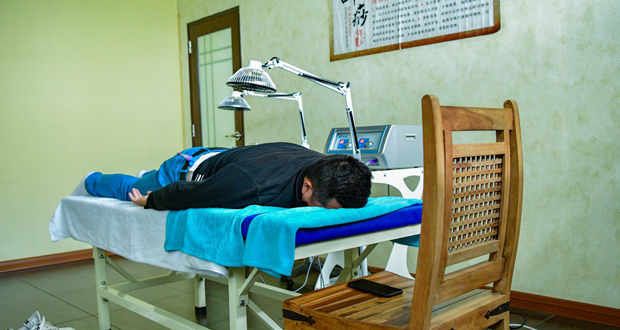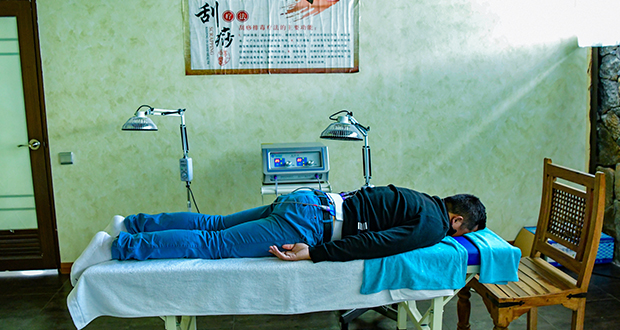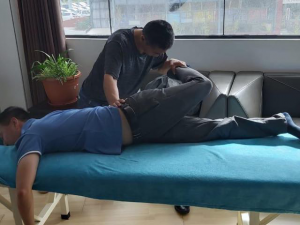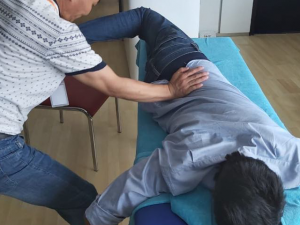Transcutaneous Electrical Nerve Stimulation- TENS
Involves the use of low-voltage electric currents to treat pain. Electrodes or mediums for electricity to travel to the body, placed on the body at the site of pain deliver electricity that travels through the nerve fibers. The electric currents block the pain receptors from being sent from the nerves to the brain. It is a non-invasive nerve stimulation intended to reduce both acute and chronic pain.
The type of stimulation delivered by the TENS unit aims to excite (stimulate) the sensory nerves, and by so doing, activate specific natural pain relief mechanisms. There are two primary pain relief mechanisms which can be activated: the Pain Gate Mechanism and the Endogenous Opioid System.
Pain relief by means of the pain gate mechanism involves activation (excitation) of the A beta (Aβ) sensory fibres, and by doing so, reduces the transmission of the noxious stimulus from the ‘c’ fibres, through the spinal cord and hence on to the higher centres. The Aβ fibres appear to appreciate being stimulated at a relatively high frequency HF (in the order of 90 – 130 Hz or pps).


An alternative approach is to stimulate the A delta (Aδ) fibres which respond preferentially to a much low frequency LF (in the order of 2 – 5 Hz), which will activate the opioid mechanisms, and provide pain relief by causing the release of an endogenous opiate (encephalin) in the spinal cord which will reduce the activation of the noxious sensory pathways. In a similar way to the pain gate physiology.
When the machine is ‘on’, it will deliver pulses at the 100Hz rate, thereby activating the Aβ fibres and the pain gate mechanism, but by virtue of the rate of the burst, each burst will produce excitation in the Aδ fibres, therefore stimulating the opioid mechanisms. For some patients this is by far the most effective approach to pain relief, though as a sensation, numerous patients find it less acceptable than some other forms of TENS as there is more of a ‘grabbing’, ‘clawing’ type sensation and usually more by way of muscle twitching than with the high or low frequency modes.
TENS as a treatment technique is non-invasive and has few side effects when compared with drug therapy. The most common complaint is an allergic type skin reaction and this is almost always due to the material of the electrodes, the conductive gel or the tape employed to hold the electrodes in place.
TENS may be able to help reduce pain and muscle spasms caused by a wide range of conditions including:
- Arthritis
- Period pain
- Pelvic pain caused by endometriosis
- Knee pain
- Neck pain
- Back pain
- Sports injurie
- Osteoporosis-related joint, bone, or muscle problems
- Fibromyalgia-related joint, bone, or muscle problems
- Tendinitis (muscle tissue inflammation)
- Bursitis (inflammation of the fluid-filled pads that cushion the joints)
- Cancer pain
Contraindications:
- Pregnancy
- Pacemaker
- Allergic response
- Dermatological lesions



